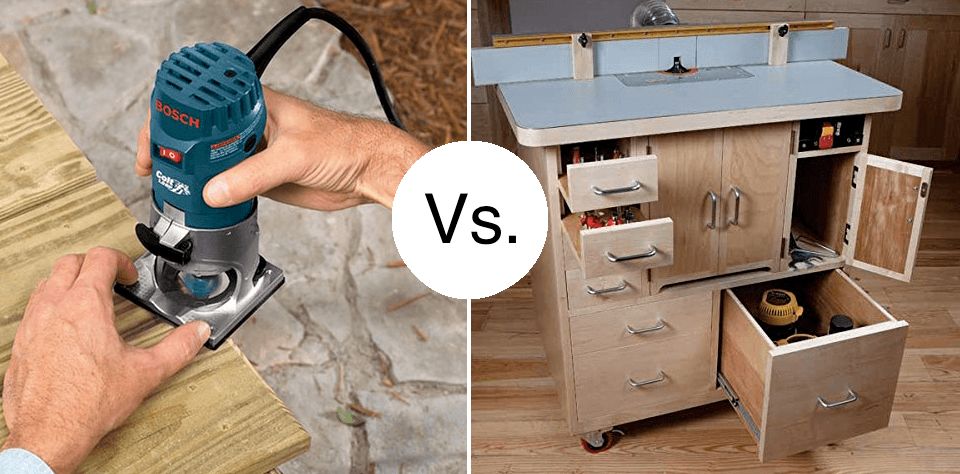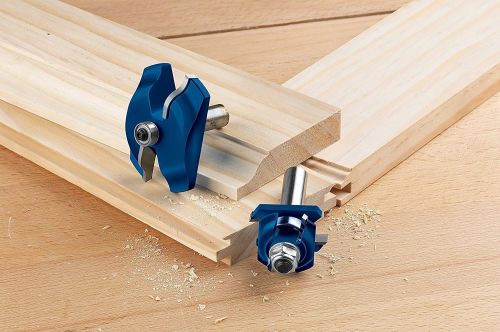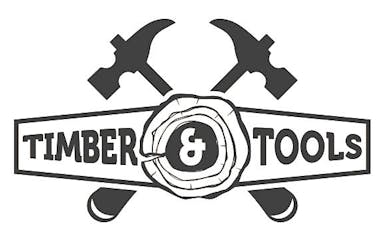
“Do I need a Router Table?” – No, but…
Routing Decorative Mouldings
When your running a few hundred feet of wood past a bit, getting consistent results without a table is almost impossible. Sure, you could rely on the bit's bearing to help you maintain firm contact with the work piece, but not expecting to encounter a knot or a slight wobble of the router's base over multiple fullsize boards is unrealistic.
Building Raised Panel Doors
Working with large bits that require multiple passes is about as close as it comes to absolutely requiring a router table. Not only will you need to make multiple passes, but precision is important because you will have to fit pieces together that were routed separately.
A table allows you to make perfect passes each time supported by both the table top and the fence. Additionally, making precise height adjustments is far easier in a table, especially one that is fitted with a router lift.

Small/Narrow Work Pieces
Every once in a while we will find ourselves working with a piece that is either too small or too narrow to safely rest the base of the router on. Without the ability to take the workpiece to the tool, your options in this scenario are limited. Ultimately, if you don't have access to a table, you will be forced to change the design of your project or risk injury.
Cutting Dovetails
There are a number of ways to cut dovetails, but one of the easiest is with a dovetailing bit on a router. The problem is, this method will only work if you have a router table. Check out the video below of how this works.
While it is conceivable that you could rig up some way to get these joints cut without a table, the effort that would go into simply setting up the cut would make you question why you would attempt it without a table. On a side note the folks that produced this video over at Wood Workers Journal have a ton of great resources on their website: of particular note for this post is their article on creating a router table attachment for your table saw. You can find that post here.
A New World of Jigs
The T track that comes standard on nearly all router tables opens up the potential for a wide variety of jigs to be paired with you table. The most obvious would be a simple crosscut jig that allows quick, repeatable, and safe cuts. But the options really do become endless. To get your brain turning check out these five jigs, from Fine Woodworking.
There you have it
Again, a table is most certainly not a requirement to get good work done. What a router table does is it simplifies the most common tasks we execute with our routers. It ensures the results that we get are more consistent and that we are safer in executing cuts. For me at least, inconsistent results and less than perfectly safe cuts are two items that absolutely destroy the fun of woodworking. For those reasons alone, a router table is a must for my workshop.
Check out my favorite Router Tables here , of course, if your up to it building a router table yourself is certainly a do-able project.
An if you just want to see our favorite, check out the Bosch RA1171.
